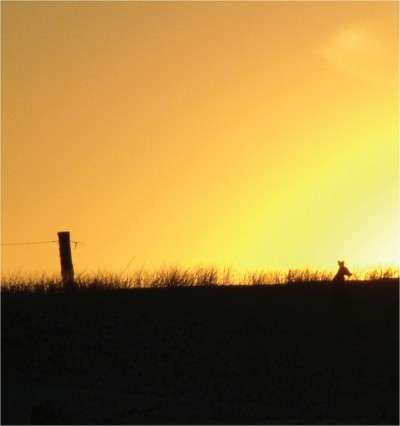Mapping the heatwave toll

A study identifying those Australians who are most vulnerable to extreme heat will inform new ways to help communities manage the risks associated with heatwaves.
Monash University researchers have assessed the vulnerability of people during extreme heatwaves in Australian cities, identifying threshold temperatures above which the risk of death or illness was increased and how the risks from extreme heat events were likely to change in the future. The research team created a visual map of high-risk areas that located the most vulnerable groups.
Todays' report on research funded by the National Climate Change Adaptation Research Fund (NCCARF), was led by Monash University's Dr Margaret Loughnan and Professor Nigel Tapper together with a team of researchers from the School of Geography and Environmental Science. Key factors identified for poor health outcomes were areas with higher proportions of older people, areas with ethnic communities, with higher risk noted in non-English speaking homes, and hot urban areas from heat-absorbing building materials and a lack of vegetation.
"Heatwaves in Australia harm more people than any other natural disaster," Dr Loughnan said.
"Extreme heat events pose a risk to the health of all individuals, especially the elderly, young children and the chronically ill. The research identified communities with diverse cultural backgrounds to also be at a higher risk due to language barriers and difficulties in communicating critical emergency information.
"By identifying areas that show a high-risk of heat-related illnesses and increased service demands during extreme heat events and by providing a decision making framework, the study will guide future heatwave preparedness plans at a local level targeting vulnerable groups."
Dr Loughnan said threshold temperatures were specifically developed for emergency mangers to identify increased service demands for each capital city.
"Threshold temperatures can be used to calculate and issue heat alerts to relevant emergency services in each city two or three days prior, allowing them to prepare for increases in service demands and save lives," Dr Loughnan said.
"Heat extremes are projected to increase substantially over the coming decades and the study provides the government, healthcare agencies and communities with a tool for the development of targeted heat-health action plans and policies."
For further information or to review the report, visit the NCCARF website.
More information: www.nccarf.edu.au/publications … -extreme-heat-events
Provided by Monash University
















